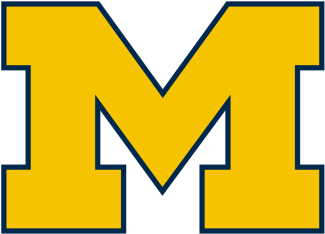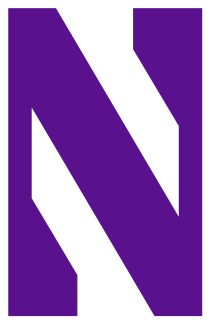The result? Maybe the best defense ever played.
If that sounds hyperbolic, consider that of the 28 goals the U.S. allowed in seven games (team-record 4.0 goals per game), just 19 (or 2.7 GPG) were scored playing six-on-six in the box. Eighty-six of opponents’ 105 possessions resulted in defensive stops, a success rate of 81.9 percent (defensive efficiency 18.1 percent).
For a comparative reference, Lacrosse Reference founder Zack Capozzi compiled the defensive efficiencies of every NCAA Division I men’s lacrosse team from 2016-19 — the last four seasons before the shot clock, which does not exist in the international game — and assigned them to a scale where 100 was the average. Richmond’s 2017 season (78.8 percent success rate) topped the list with a 146 rating.
“Using the same scale,” Capozzi explained, “Team USA just put up a 171 rating.”
Consider also that the Americans were without 2018 world championship MVP Michael Ehrhardt and glue guy Matt Dunn for much of the tournament due to injuries. They did not skip a beat.
All-World defenseman JT Giles-Harris limited All-World attackman Jeff Teat to just three assists in two games against Canada and kept Lyle Thompson scoreless when the two matched up in the Haudenosaunee game.
Bernhardt’s timely slides and double-teams resulted in a team-high 10 caused turnovers. The 32-year-old defenseman and three-time U.S. team member missed the birth of his son to play in the games and emerged as the group’s unequivocal leader.
Jack Rowlett toggled between Dunn and Ehrhardt’s spots at close defense and long-stick midfield, snagging the most ground balls (12) of any position player and causing seven turnovers while not getting flagged for a single penalty.
When they did play, Ehrhardt helped jumpstart a stagnant offense with a pair of long-pole rips and Dunn blanked Canada’s Curtis Dickson, a historically difficult matchup for the U.S.
The rope unit was as good as advertised. Liam Byrnes and Zach Goodrich’s wing play helped faceoff specialists Trevor Baptiste and TD Ierlan combine for an astounding 80.3-percent showing at the X.
The least decorated of the four short-stick defensive midfielders, Jake Richard led the unit both by voice and example. Logan and Richard blunted dodgers with brute force, at times, while Ryan Terefenko ignited transition and notably eluded an ambush of Canadians in the final moments of the 10-7 U.S. win in the gold medal game.
“The short-stick d-middies are elite,” Danowski said. “It’s like dodging poles.”
There was, simply, not a single weak link among the 10 defenders. And when there was the rare breakdown, the goalies came through, including All-World selection Blaze Riorden’s eight-save performance in the final. No one wanted to be the player responsible for a letdown.
“That’s what we said, best defense in the world,” Logan said. “Working toward this goal over so many months — phone calls, Zoom calls, fighting through injuries — coming together as a group was the most special experience of my life.”
Asked to characterize the U.S. defense, Bernhardt chose two words: selfless and connected.
“It was about picking the right guys,” Bernhardt said. “Obviously a ton of talented dudes out there, but the ability to have guys in and out throughout the tournament — that’s just a testament to the unit and the connectivity.”



























































